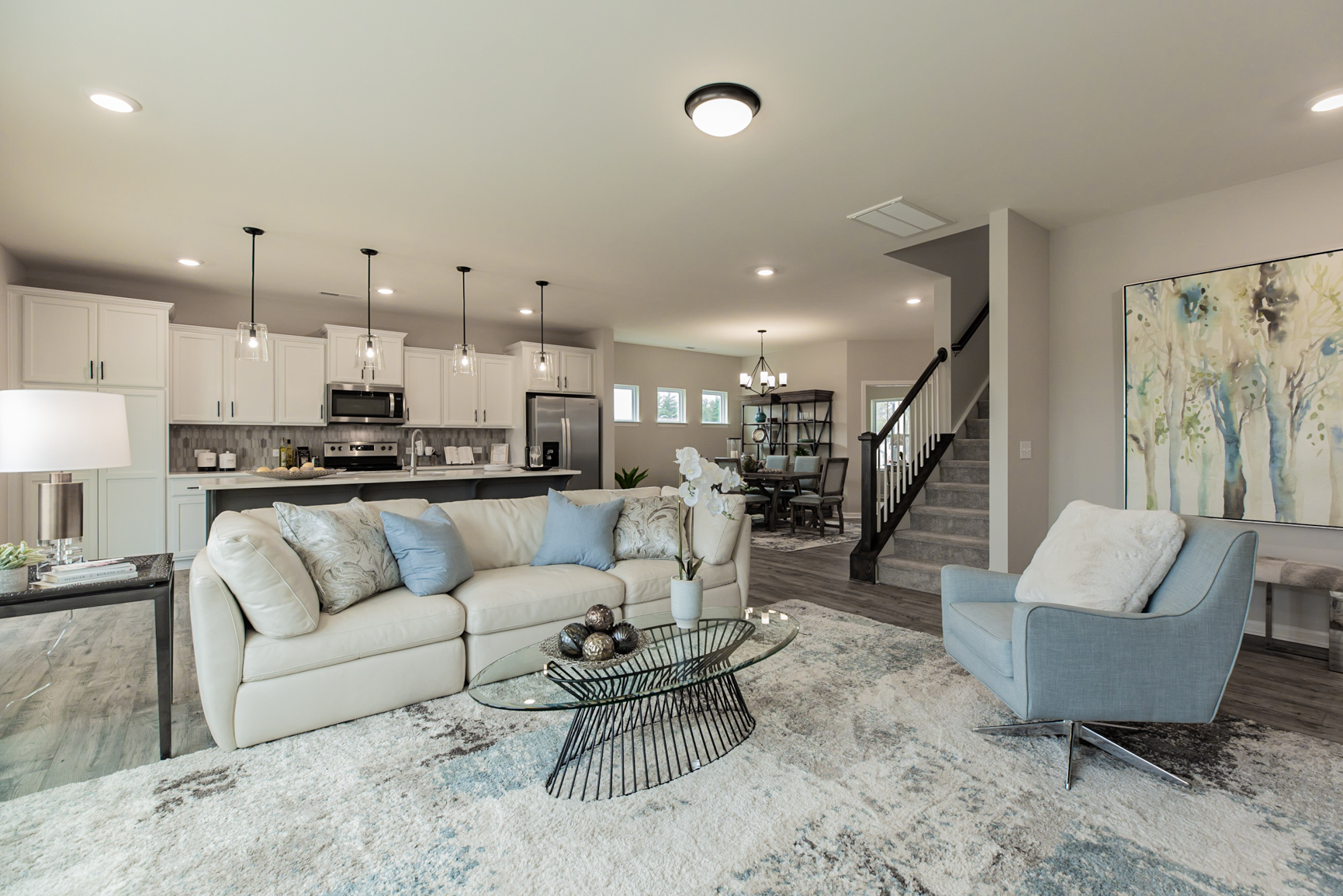
STAGING VS. DECORATING: UNDERSTANDING THE DIFFERENCE
Are you in the process of preparing your home for an upcoming event, sale, or move? Do you find yourself unsure whether to stage or decorate your space? While staging and decorating may seem interchangeable, there are key differences between the two approaches. Understanding the distinction can help you make the best decision for your particular situation. This article will explore the differences between staging and decorating, including their purposes, techniques, target audiences, and timeframes. We’ll also provide tips for each approach and help you determine your needs. By the end of this post, you’ll have a clear understanding of staging vs. decorating and be able to enhance the look of your home in a way that achieves your goals.
Staging
Staging is a valuable tool for selling or renting a home. By creating a warm, inviting space that highlights the best features of the property, staging can help potential buyers or renters envision themselves living there. Techniques such as de-cluttering, depersonalizing, and organizing can make a home look more spacious and less distracting. Appropriate decor, natural light, and color can also help create a positive atmosphere that encourages potential buyers or renters to linger and consider the space. Some of the benefits of staging include a quicker sale or rental, a higher selling or rental price, and a competitive edge in the market. Whether your home is vacant or occupied, staging can help you showcase its full potential and stand out.

Decorating
Decorating is personalizing a living space to reflect an individual’s taste, style, and personality. The purpose of decorating is to create a comfortable and inviting space that aligns with the homeowner’s preferences and lifestyle. Decorating techniques include selecting and coordinating colors, fabrics, and textures and arranging furniture and decor in a cohesive and aesthetically pleasing manner. The main reason why people rent storage is to put away all the things that might clutter their homes. When decorating, storage can help on this occasion, so you can store all the materials, fabrics, and furniture you don’t need. Decorating can boost mood, improve productivity, and reduce stress levels. You can use it anytime to refresh and update a living space or create a new look and feel.
Key Differences between Staging and Decorating
Although staging and decorating share similarities, there are key differences between the two approaches. The main difference lies in their purpose. Staging aims to highlight a home’s best features and create a neutral environment that appeals to potential buyers. And you can always hire a professional home stager to decorate your home instead. In contrast, decorating focuses on personalizing a living space to reflect an individual’s taste. That means that staging techniques are geared towards depersonalizing a space while decorating techniques are geared towards adding personal touches. Lastly, staging is typically done for a specific timeframe, whereas decorating can be ongoing. Understanding these differences can help you choose the best approach for your needs.

Staging Tips for Homeowners
To create a successful stage, homeowners should focus on the basics. That means de-cluttering, cleaning, and organizing the space to create a tidy and welcoming environment. Highlight your home’s best features, such as a stunning view or unique architecture. To create a neutral environment, use colors that are easy on the eyes and not too bold. That allows potential buyers or renters to visualize themselves living in the space. You should remove personal items such as family photos, souvenirs, and memorabilia to create a blank canvas for potential buyers or renters. Store them so they don’t bother you and clutter the house. The professionals at allstatemoving.net encourage people to rent storage while moving to make the whole process more manageable. Adding finishing touches, such as fresh flowers, throw pillows and artwork, can help create a warm atmosphere.
Decorating Tips for Homeowners
Decorating is a way for homeowners to create a space that feels like home. To start, determine your style by considering colors, patterns, and textures that appeal to you. Once you have an idea of your style, choose a color scheme that reflects it. Mix and match patterns to create a cohesive look, and play with textures to add depth and interest to your space. Furthermore, add some greenery, whether plants or flowers, to add a touch of nature and freshness to any room. Therefore, to elevate and update your space, consider layering different textures, such as cozy blankets and throw pillows, to elevate and update your space. Don’t be afraid to get creative and have fun with your decorating! Following these decorating tips, homeowners can create a personalized and inviting living space that reflects their unique style and personality.

Staging vs. Decorating: Which One Suits Your Needs?
Both staging and decorating can be used for different purposes depending on your needs. Staging may be the better option as it can help showcase the property’s best features and create a welcoming environment that will help you sell the house. On the other hand, if you’re looking to host events or create a personalized living space, decorating may be more appropriate as it allows you to express yourself and make the space feel like home. Ultimately, the decision between staging vs. decorating will depend on your goals and the specific needs of your situation. By understanding the differences between the two approaches, you can make an informed decision that will help you achieve your desired outcome.
Conclusion
In conclusion, understanding the differences between staging and decorating is crucial when preparing your home for different purposes. You can achieve the best results for your situation by following our tips. Whether you’re looking to sell, rent, or simply update your living space, consider the benefits of staging vs. decorating and take action to enhance the look of your home. Remember, a little effort can go a long way in making your living space more appealing and inviting.
